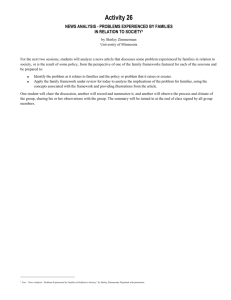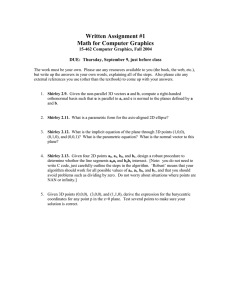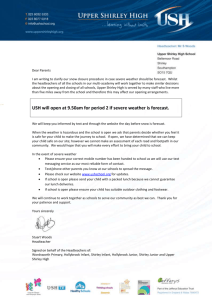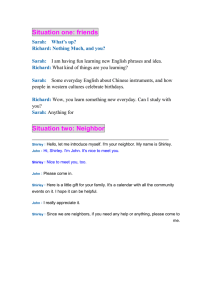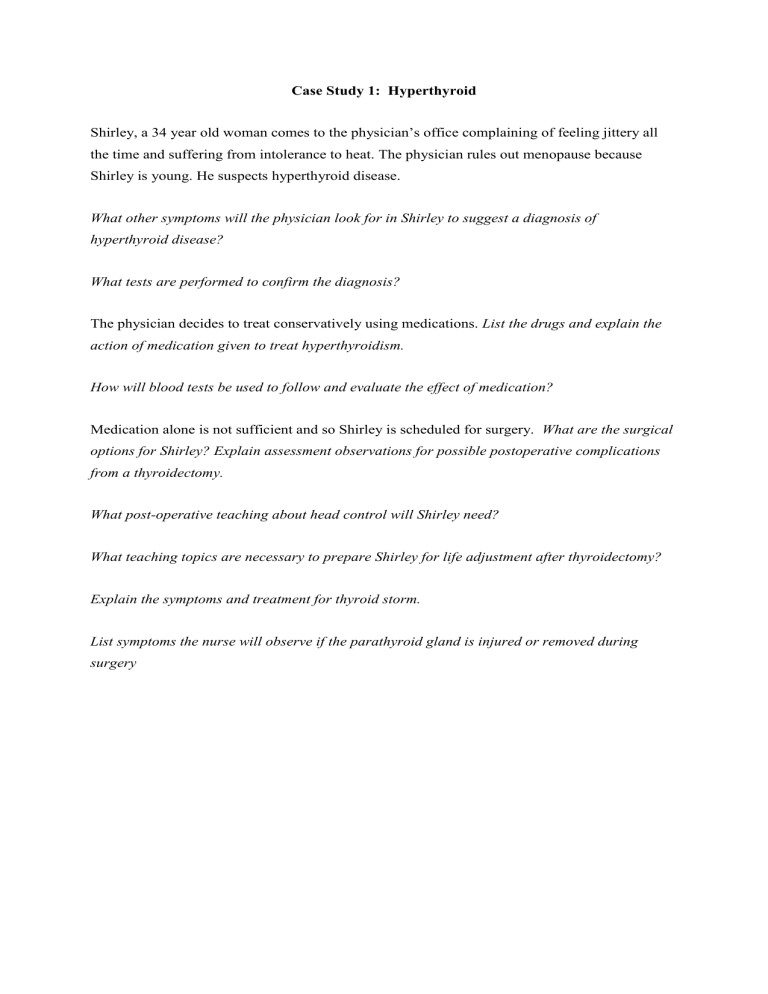
Case Study 1: Hyperthyroid Shirley, a 34 year old woman comes to the physician’s office complaining of feeling jittery all the time and suffering from intolerance to heat. The physician rules out menopause because Shirley is young. He suspects hyperthyroid disease. What other symptoms will the physician look for in Shirley to suggest a diagnosis of hyperthyroid disease? What tests are performed to confirm the diagnosis? The physician decides to treat conservatively using medications. List the drugs and explain the action of medication given to treat hyperthyroidism. How will blood tests be used to follow and evaluate the effect of medication? Medication alone is not sufficient and so Shirley is scheduled for surgery. What are the surgical options for Shirley? Explain assessment observations for possible postoperative complications from a thyroidectomy. What post-operative teaching about head control will Shirley need? What teaching topics are necessary to prepare Shirley for life adjustment after thyroidectomy? Explain the symptoms and treatment for thyroid storm. List symptoms the nurse will observe if the parathyroid gland is injured or removed during surgery Case Study 2: Hypo Parathyroid Disease During a postoperative checkup Shirley demonstrates a positive Chvosteck’s sign. The physician next tests for Trousseau’s sign, and then orders a bone scan. How did Shirley develop hypoparathyroid disease? Explain Chvosteck and Trusseau’s signs. Why did the physician order a bone scan? The physician may require Shirley to wear a Holter Monitor because….? What is the function of parathyroid hormone? How is this related to calcium? List blood studies the physician will use to follow parathyroid function. What is the purpose of Shirley taking Vitamin D and Phosphate-binding drugs? Describe patient teaching needed when taking Phosphate-binding drugs. Case Study 3: Diabetes Mellitus I. Explain the physiology that creates the three symptoms of diabetes. II. What is the function of each of these pancreas cells? Alpha, Beta, Delta III. A client is admitted to the hospital with diabetic ketoacidosis. The nurse understands that the elevated ketones present in this disease is caused by the incomplete oxidation of ______________ IV. List five symptoms of hypoglycemia AND five symptoms of hyperglycermia. V. Fill in the insulin times on this chart. Insulin Onset Peak Duration Regular NPH Lantus VI. What is an appropriate nursing action when patient’s blood sugar test is 50? VII. Contrast DKA and HHNS. Compare means how are they different. DKA HHNS Cause Blood sugar level Population who has Treatment in order of complication Teaching priority to prevent VIII. What is the triad of treatment for Diabetes Mellitus? IX. Describe Dawn phenomenon and Somogi phenomenon.
